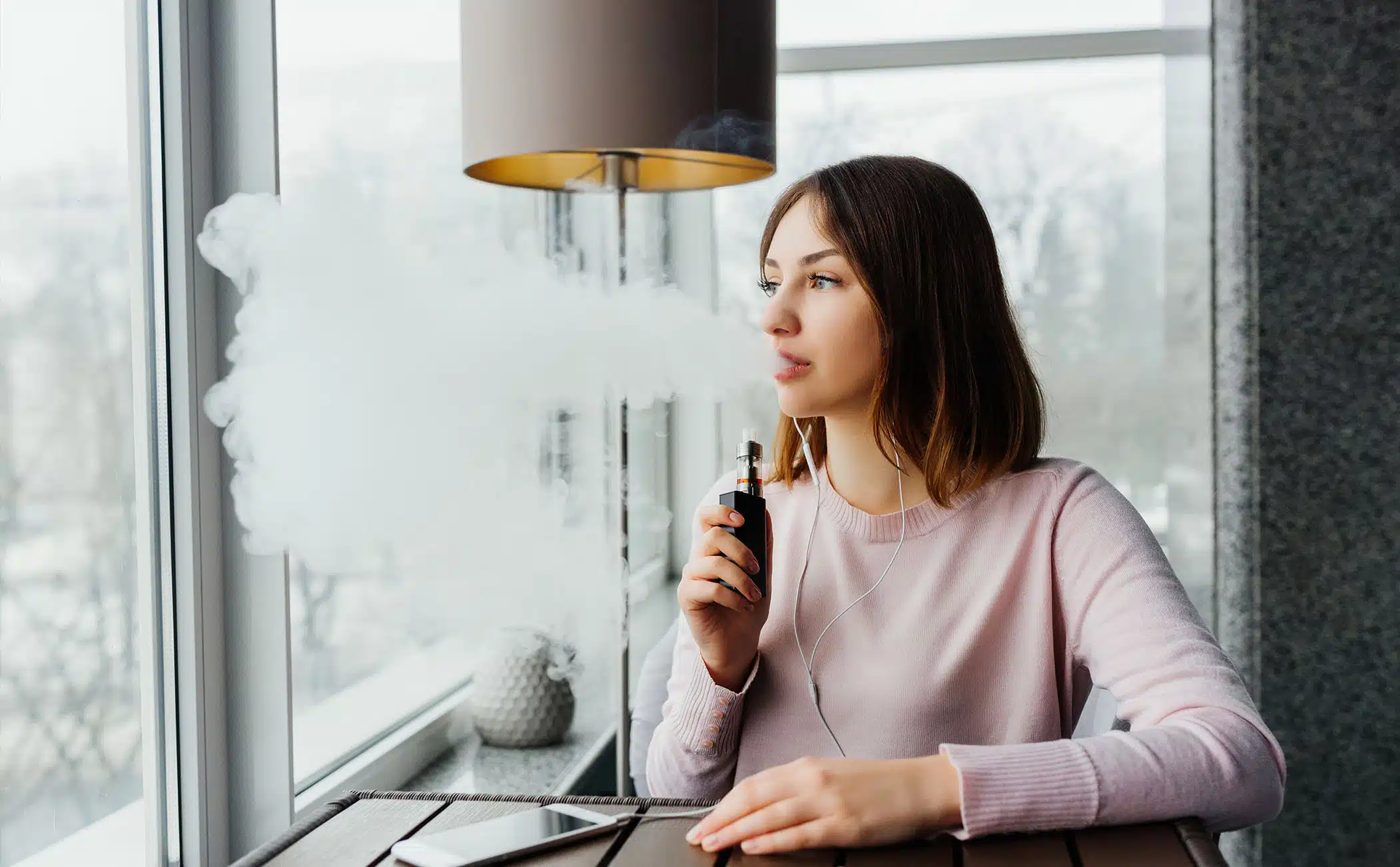Have you ever thought about what you’re putting in your hair to clean it? Whilst the past decade has seen an enormous shift in the ways that the general public thinks about skincare and skincare products, it’s still common for many of us to simply stick with the cheap option when it comes to our shampoo and conditioner. Whilst shampoo may seem like a one-size-fits-all solution, that couldn’t be further from the truth, and the more you look into it, the more evidence you’re likely to find that certain compounds and ingredients aren’t necessarily doing wonders for your hair and scalp.
This all then leads to a question: How are you meant to know what to look out for when you’re staring down the barrel of a new shampoo brand? Words like parabens, phthalates, silicones, soap, BPA, and animal derivatives will be all over the bottles, but what do they all mean? When you’re looking to choose a bottle of shampoo for your luscious locks, it’s important to know what you’re looking at, and that’s what we’re going to help you with today.
Let’s start by breaking down the jargon:
- Parabens are used as a preservative in cosmetics
- Sulphates are mineral salts
- Phthalates are used as a gelling agent. DEHP is the only one legal in Australia
- Mineral Oils are used as a moisturising agent
- Alcohol is used as a drying agent
- Silicones are used to detangle and coat the hair to make it shiny
- Gluten is used to strengthen and condition
- BPA is a key ingredient in plastic and resin
- Animal derivatives are any ingredient that is a byproduct of an animal, such as milk or yoghurt
So, what do you need to look for in shampoo?
Unfortunately, that’s not a one-size-fits-all answer. It depends on your hair’s texture, colour history and what you’re looking to get from your shampoo, maybe volume or colour retention.
Why are some shampoos so expensive?
Salon quality shampoo comes at a salon price. The haircare hair salons sell is made from highly concentrated ingredients which required a lot of technology to develop. That technology is generally patented and expensive to expand, these costs unfortunately have to be covered by the customer.
Why Should You Go Organic When Shopping For Shampoos?
Using organic shampoos, you’re almost guaranteed to have a shampoo with no nasty ingredients which can lead to damage to your hair. They’re made with proteins and fruit extracts and vitamins and just all of the goodness they can possibly squeeze into one bottle. It’s a nutrient-dense meal for your hair.
Moisture-Stripping Sulphates
Sulphates are just mineral salts that strip the hair of dirt and oil. The problem with sulphates in shampoo is that sometimes they can strip your hair of too much oil making it dry and brittle, it can also make your scalp irritated and dry. When sulphates are in your shampoo, if you’re using it every day or even every other day, you can dry your hair out to the point of no return.
You still need something to clean your hair so look for sulphate-free ingredients such as sarcosine which is a cleaning amino acid that is great for your hair or betaines which produce a thick lather to help lift dirt and oils to clean your hair without damaging it.
Scalp-Irritating Parabens
Like the sulphates, parabens (which are the preservatives, remember?) can dry out your hair and irritate your scalp. Parabens however can also cause your colour to fade faster and have even been linked to hair loss in some people. If you can avoid parabens, then do.
Your shampoo needs to be preserved somehow though, right? After all, it is probably sitting on shelves for months before you make your purchase. Potassium sorbate is an excellent alternate preservative, it’s so safe it’s even used in food.
Sodium Chloride
Sodium chloride is salt. Just regular, find it in your kitchen, salt. It’s added to shampoo to make them thicker. Whilst salt is a natural ingredient, why do you need thick shampoo? Especially at the expense of an itchy, irritated scalp that can lead to hair loss.
Thickening Glycols
Glycols in shampoo are used as a solvent for ingredients like preservatives, fragrances and other hair-damaging chemicals. Glycols, however, are also used as an emulsifier to stop the “oily” and “watery” substances in your shampoos from separating, this is commonly listed as Laureth-4 on your shampoo bottle.
Facts About Formaldehyde
Formaldehyde is the most commonly used and well-known carcinogen in the world.
Formaldehyde was used as a preservative in shampoos until a study linked formaldehyde to countless cancer cases and was removed from most haircare products in Australia, even some baby shampoos.
Found in cigarettes, nail polish, nail polish removers, some building materials and industrial strength cleaners, formaldehyde is nasty stuff. It can absorb through your scalp and into your skin and cause changes to the cells in your body, thus causing cancer.
Look for Methylene Glycol, Formalin or Formaldehyde on your bottles. If it’s there, chuck it in the bin.
What Ingredients Should You Embrace?
Now that we’ve covered all the nasty stuff, what ingredients should you be embracing in your hair care? Going fully natural, you may find that your hair won’t feel as clean as you need or want it. If you can’t eat it, chances are it probably won’t clean your hair very well.
You’ll need ingredients to clarify, this is to strip the bad oils and leave the good and you’ll need moisturising properties so you don’t end up with unmanageable hair. In today’s world, there is a lot of environmental pollution that needs to be washed out of your hair (and off your face for that matter) so you need to give it a good clean. Look for naturally derived oils such as jojoba oil, avocado or macadamia oils to maintain moisture in your hair after you’ve stripped the oils and sebum, the oily, waxy skin excretions, from your hair and scalp. Also, embrace sodium lauryl sulfoacetate (SLSA). It’s a gentle, non-irritating cleanser that won’t strip your hair of all its goodness.
If you’re ever stuck on what shampoo would be best for your hair and what to look for to clean your unique set of locks, head into any hair salon and they’d be happy to talk you through your options and what will help you get your hair looking its best.








